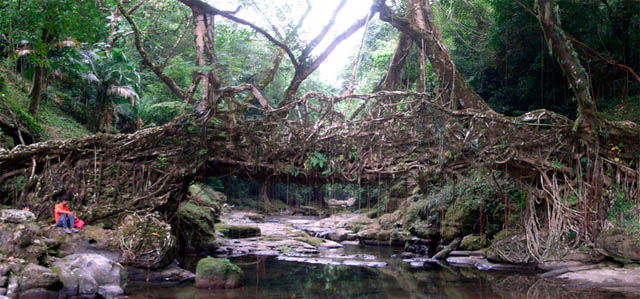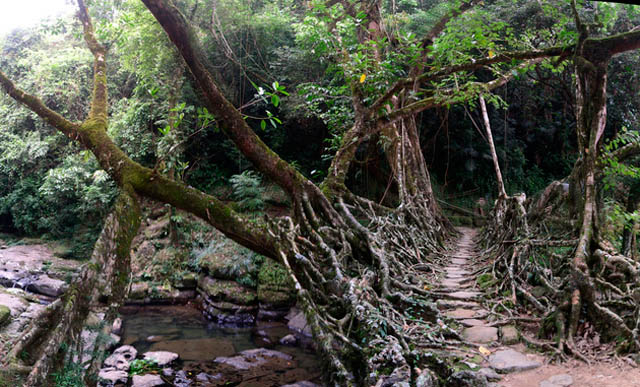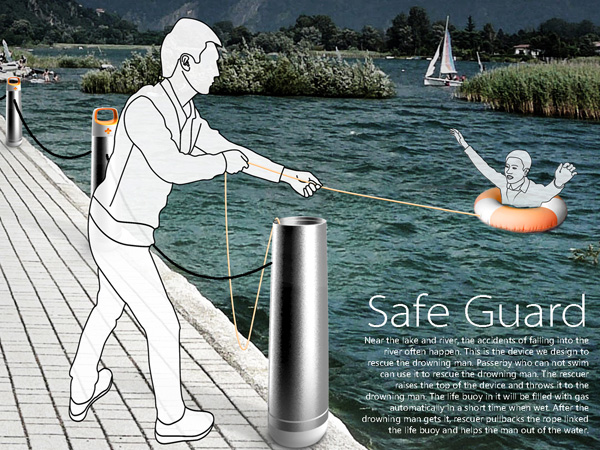Amazing Art of Ancient Calendars
These ancient calendars are brilliant works of art, check them out and be amazed!
The human race has a long way from living in caves in the strong age to
planning to settle on different planets in this technologically advanced
age. All this has become possible because of the curiosity of few
intelligent individuals in the movement of astral bodies in the sky.
They observed the movements of various planets in space night and day
and chartered their path, speed and locations in the sky at different
times for the posterity. Over a period of time, such individuals came
together, formed an association and started publishing their results for
the knowledge of general public. It was because of the royal patronage
that different types of “ephemeris” ( detailed day-to-day movements of
the planets in the sky) based on either the sun or moon came into
existence. Over a period of time these were refined further. A variety
of such calendars existed all over the world, some of which are given
below.
1) Mayan-Aztec
The Mayan calendar is of remarkable accuracy and complexity. It
is an arrangement of calendars used in pre-Columbian Mesoamerica, and in
many modern communities in highland Guatemala and in Veracruz, Oaxaca
and Chiapas, Mexico. Along with those of the Aztecs, these calendars
are the most completely understood. The Mayan calendar uses three
different dating systems in parallel. These are the Long Count, the
Tzolkin (divine calendar) and the Haab (civil calendar). Out of these,
only the Haab has a direct relationship to the length of the year.
Contrary to popular belief, the Mayan calendar did not predict “the end
of the world” in 2012.


The Aztec calendar was an alteration of the Mayan calendar. It consisted
of a 365 day agricultural calendar as well as a 260-day sacred
calendar. It is currently on display at the Museo Nacional de
Antropologia in Mexico City, Mexico. What’s fascinating about this
calendar is that every year has a “no time” period-days “outside the
calendar” to freely celebrate life. There are a total of five “nameless
days” at the end of every Mayan solar year. This is supposed to be a
phase of transition and prepation for the next year.

2) Ancient Egyptian Calendar
The history of Egyptian astronomy dates back to 5th Millennium BC. Their
calendar is one of the oldest of our time and began with the discovery
of stone circles at Nabta Playa. The ancient civil Egyptian calendar
had a year that was 365 days long as was divided into 12 months of 30
days each. They also had 5 extra days at the end of each year. The
months were divided into three weeks of ten days each. The stone circles
tell us that they were accomplished at marking time and probably
predicting the coming of the floods. They also developed a system of
constellations that appear to be of native origin and independent from
the work of the Greeks and Mesopotamians. They also had magnificent
presentation, full of pictoglyphs on paper made from the papyrus plant.


3) Ancient Russian (Slavic-Aryan) calendars
The Russians initially followed the Julian calendar. It was intended to
approximate the solar year. Although, the Gregorian calendar was
adopted by the Russians in 1918, the Russian Orthodox Church continued
to use the Julian calendar. The Russian calendar, even today is
presently in a slightly different way.


4) The Canterbury Astrolabe Quadrant
This is a medieval astrolabe which dates back to 1388. It was found in
an archeological dig at the House of Agnes, a bed and breakfast hotel
in Canterbury, Kent, England in 2005. It is the first astrolabe which
has been found during an archaeological dig. Astrolabes are instruments
which with the help of the position of the sun and stars allow their
users to tell the time and determine their geographical latitude.

5) The Ancient Indian calendar
It is traditionally known as “panchanga”. It is based on the lunar
cycle. A day is measured as the time between one sunrise and the next.
Similarly, a month is the period from one moon cycle to the next. A
lunar month lasts 28 days. A year is measured from the beginning of a
season until its return. A lunar year lasts 12 months or 254 solar
days. An additional month known as “adhika” is added to the calendar at
five-yearly intervals as a lunar year falls short of a solar year by 12
days. Each month is divided into two cycles of the moon (new moon to
full moon and back). There are 4 seasons in a year and a season is known
as “rtu”. Today, there are several regional Indian calendars as well as
Indian National calendar. Some of these are the Bengali calendar,
Nepali calendar, Tamil calendar and Kannada calendar.









































